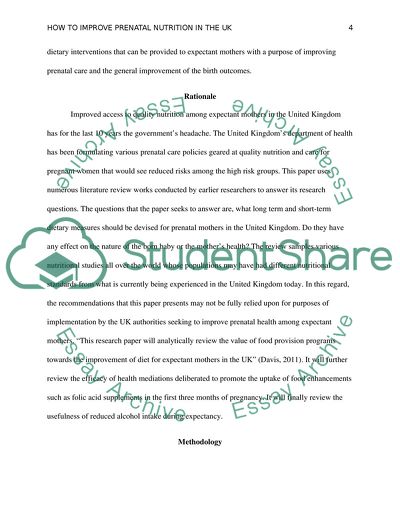Cite this document
(“Discuss and Evaluate how to Improving Prenatal nutrition in the UK Literature review”, n.d.)
Discuss and Evaluate how to Improving Prenatal nutrition in the UK Literature review. Retrieved from https://studentshare.org/health-sciences-medicine/1618272-discuss-and-evaluate-how-to-improving-prenatal-nutrition-in-the-uk
Discuss and Evaluate how to Improving Prenatal nutrition in the UK Literature review. Retrieved from https://studentshare.org/health-sciences-medicine/1618272-discuss-and-evaluate-how-to-improving-prenatal-nutrition-in-the-uk
(Discuss and Evaluate How to Improving Prenatal Nutrition in the UK Literature Review)
Discuss and Evaluate How to Improving Prenatal Nutrition in the UK Literature Review. https://studentshare.org/health-sciences-medicine/1618272-discuss-and-evaluate-how-to-improving-prenatal-nutrition-in-the-uk.
Discuss and Evaluate How to Improving Prenatal Nutrition in the UK Literature Review. https://studentshare.org/health-sciences-medicine/1618272-discuss-and-evaluate-how-to-improving-prenatal-nutrition-in-the-uk.
“Discuss and Evaluate How to Improving Prenatal Nutrition in the UK Literature Review”, n.d. https://studentshare.org/health-sciences-medicine/1618272-discuss-and-evaluate-how-to-improving-prenatal-nutrition-in-the-uk.


